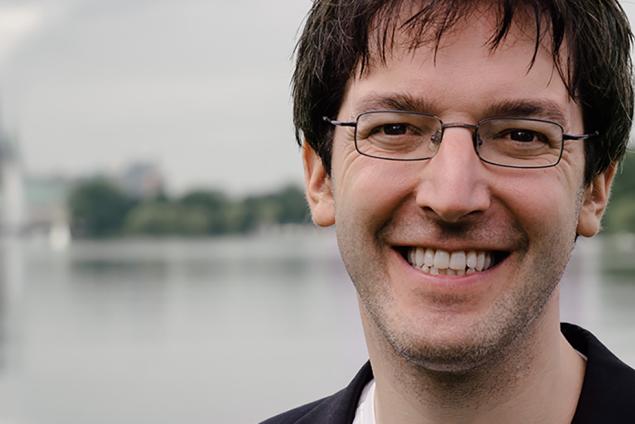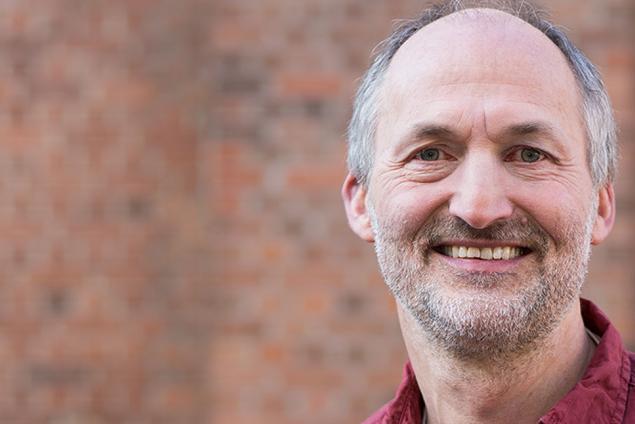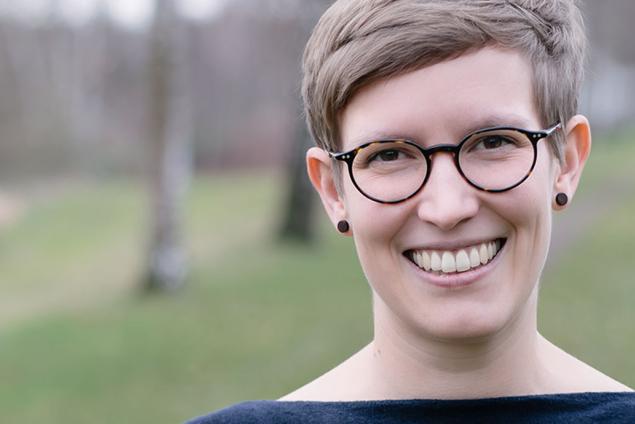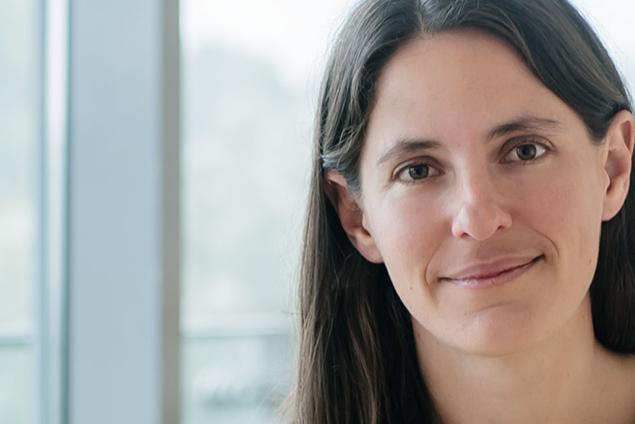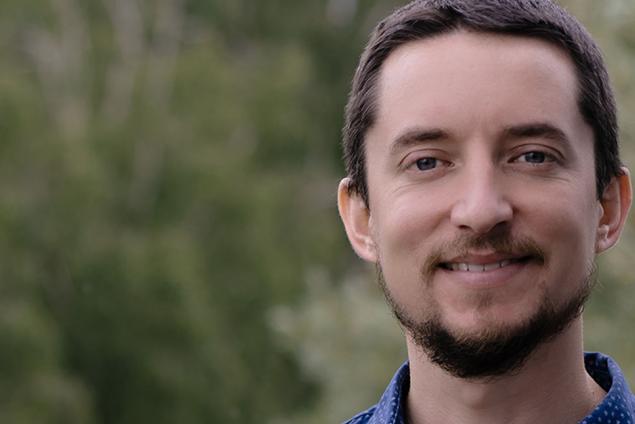Scroll to Section:
Researcher | Institution | Original publication | Reading recommendations | Beyond | CitationOrganic mass in the surface ocean is made up of 50% polysaccharides which are consumed by bacteria. In this video, GRETA GILJAN examines how bacterial consumption of polysaccharides takes place as well as its carbon impact. Giljan employs fluorescently labeled polysaccharides (FLA-PS) to show how different bacteria use variant methods to take up polysaccharides at particular times of year. The research further demonstrates that of the two mechanisms explored, extra cellular hydrolysis has a very different carbon impact to so-called “selfish uptake”. One of the key aims of the work going forward will be to explore whether bacteria can switch between these different mechanisms in polysaccharide uptake.
DOI:
https://doi.org/10.21036/LTPUB10855
Institution

Max Planck Institute for Marine Microbiology
At the Max Planck Institute for Marine Microbiology (MPIMM), we are investigating microorganisms in the sea and other waters. What role do they play, what are their characteristics and how great is their biodiversity? What is the contribution of microorganisms to the global cycles of carbon, nitrogen, sulfur and iron? What does this mean for our environment and our climate? These and many other questions will be answered by researchers from around the world, engineers, technicians and numerous others at the MPIMM. Their fields of expertise range from microbiology to microsensors, geochemistry to genome analysis and molecular ecology to modelling.
The MPIMM was founded in 1992 and is part of the Max Planck Society (MPG). Since 2002, the MPIMM has been running the International Max Planck Research School of Marine Microbiology ( MarMic ), a program for highly qualified master students and graduates of our institute and the Bremen Research Alliance partner Bremen University, Alfred Wegener Institute Helmholtz Center for Polar and Marine Research ( AWI ) and Jacobs University.
Show more
Original publication
Visualizing and quantifying mechanism of polysaccharide utilizing bacteria: Methodological guidelines, and an example from the North Sea
Published in 2020Reading recommendations
Short-Term Changes in Polysaccharide Utilization Mechanisms of Marine Bacterioplankton During a Spring Phytoplankton Bloom
Environmental Microbiology
Published in 2020
The Biogeochemistry of Marine Polysaccharides: Sources, Inventories, and Bacterial Drivers of the Carbohydrate Cycle
Annual Review of Marine Science
Published in 2020
Beyond
A Ground-breaking Scientific Revolution
An Alarming Challenge for Society
If I Had a Second Life
A Personal Reading Recommendation
